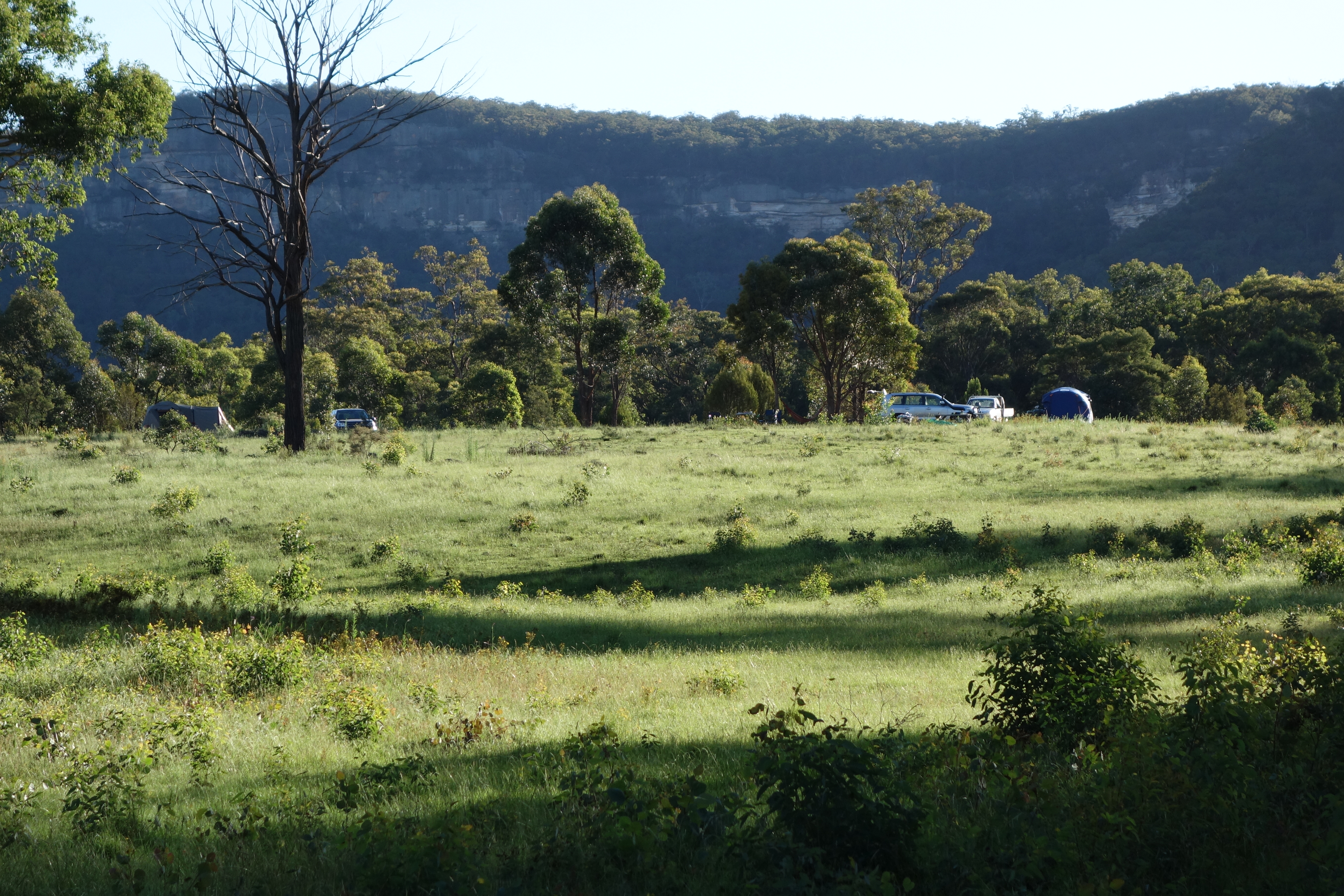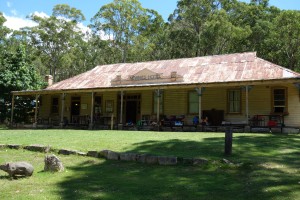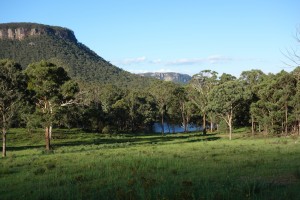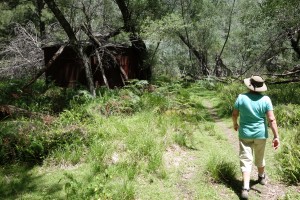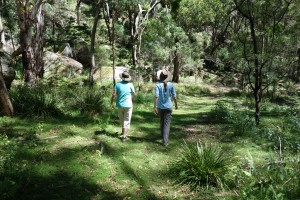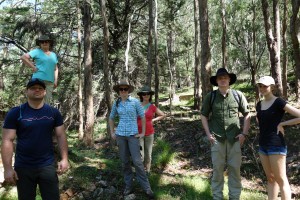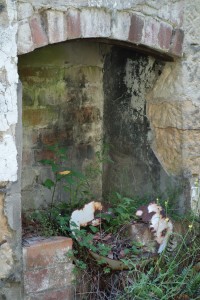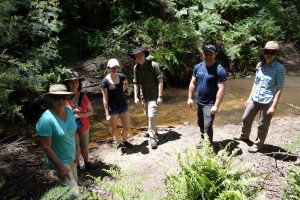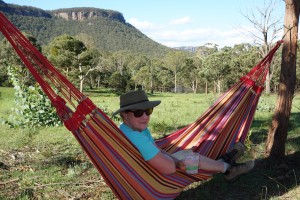History and adventure in the bush
More than 100 years ago some hearty men and women lived in a remote and isolated valley near what is now called the Blue Mountains and eked out an existence mining for shale oil. It was a hard life in the small mining community of Newnes, now just a ghost town deep in the Wolgan Valley, with long days marked by hard work under difficult circumstances and very little reward. But today it is a place people can visit to learn about this forgotten past and explore some of the bush’s hidden treasures. On a recent weekend that’s exactly what we did.
Today the old town of Newnes is reduced to just one standing structure – the old pub that is now a small museum and souvenir shop at the end of the Wolgan Valley Rd near Lithgow NSW. It is in this magnificent valley, surrounded by high escarpments, state forests and national parks, that we own a block of land, our private little paradise.
But there is a rich history of the area, a time when tunnels were dug, rail lines were laid and miners worked under difficult circumstances hoping to turn wishful dreams into wealth and prosperity. Most people left disappointed but in doing so they also left behind the remains of a hopeful society who had accepted the challenge and tried to make a go of it. And visitors today, if they show a little fortitude themselves, can explore these remains near Newnes and try to imagine what life must have been like in such a remote place in the early 20th century.
Our goal for the day was to start from the historic Newnes Hotel and follow the Wolgan River, riding high and brown with recent rains, downstream until we hit Petrie’s Gully, then follow the gully as far up as we could before being turned back by the very bush that eventually defeated these early pioneers. And along the way we wanted to explore some of the hidden remains of old buildings and structures that once housed part of this community.
Walking through the Australian bush is dead set magnificent. The tall swaying gums, the scrubby flowering bushes, the low grasses and singing birds all make for beautiful scenery. We followed the track to the ruins of the Manager’s Residence, which is actually on the opposite side of the river from the main mining site, and searched in vain for his old tennis courts and abandoned cars.
We turned away from the Wolgan River and up the narrow Petrie’s Gully, a favourite of brave rock climbers and the site of the old Guest Houses. Like most of these old ruins, the only remaining structure is the fire place and chimney because the rest of the buildings were made of timber and have long since been lost to time. But the fire places stand as a permanent reminder of what was and what might have been in this remote location.
Petrie’s Gully becomes narrower and the old logging trail follows the little creek, which runs with clear cold water, as the walls of the canyon close in on us and the scene changes from Aussie bush to Aussie rain forest. The trail at times becomes lost as landslides, fallen trees and thick overgrowth obscure the builders’ original intentions. We climb under and over logs, shimmy up boulders covered in green moss and jump back and forth across the creek as we bush bash our way up the dense and narrow canyon. But occasionally we still see signs of human development, a road cut, a built up edge, even some graffiti on a sandstone wall with the date 1952. This is magic stuff.
When the trail and time defeat us we retreat for a late picnic lunch on the rocks of the creek and then reverse our journey back to the pub and our cars. But we’ve seen enough to be fascinated by the history of the area and we’ve had a rollicking little adventure to boot. And yes, we need to come back to explore more of this beautiful area and learn more of the history of this amazing place.
